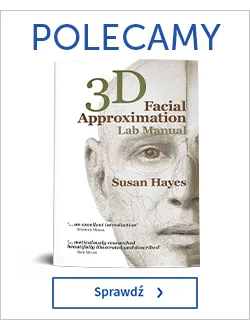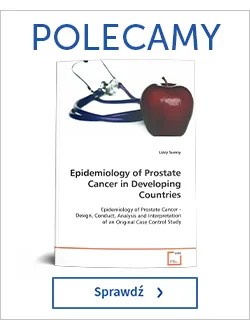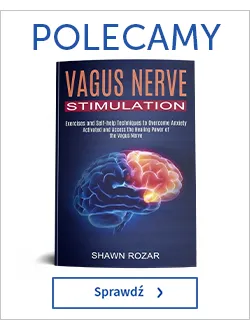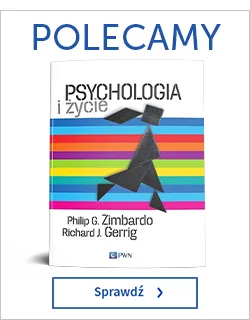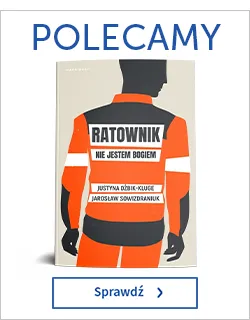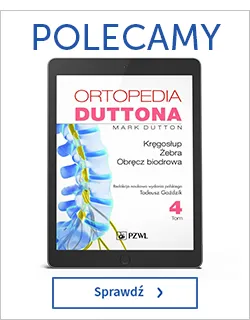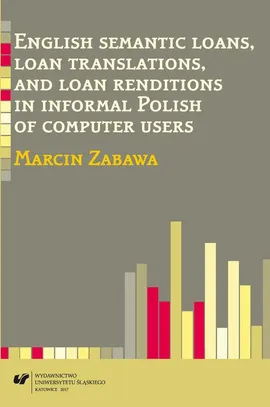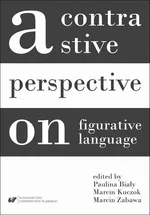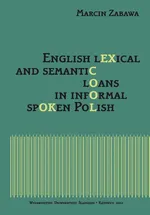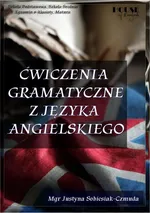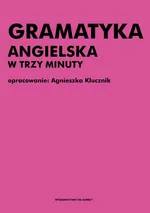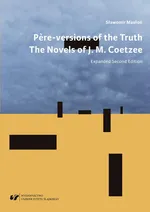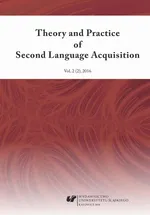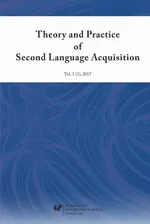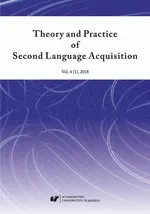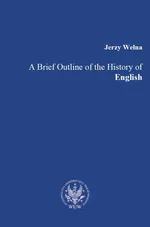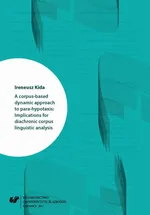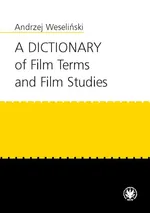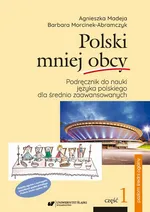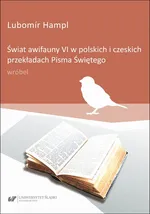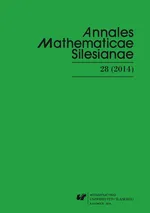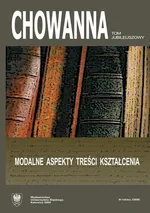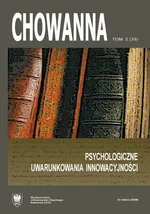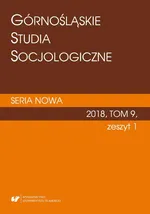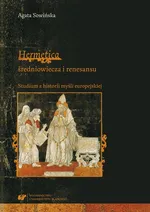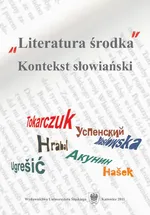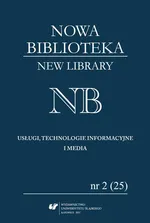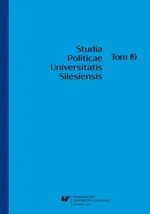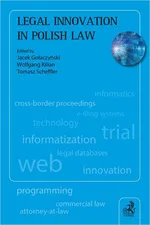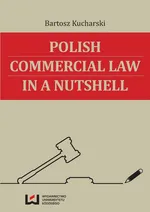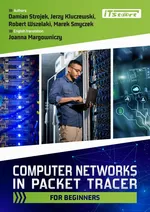- Kategorie:
- Język wydania: angielski
- ISBN: 978-83-226-3073-0
-
Sposób dostarczenia produktu elektronicznegoProdukty elektroniczne takie jak Ebooki czy Audiobooki są udostępniane online po uprzednim opłaceniu (PayU, BLIK) na stronie Twoje konto > Biblioteka.Pliki można pobrać zazwyczaj w ciągu kilku-kilkunastu minut po uzyskaniu poprawnej autoryzacji płatności, choć w przypadku niektórych publikacji elektronicznych czas oczekiwania może być nieco dłuższy.Sprzedaż terytorialna towarów elektronicznych jest regulowana wyłącznie ograniczeniami terytorialnymi licencji konkretnych produktów.
-
Ważne informacje techniczne
-
Minimalne wymagania sprzętowe:
- procesor: architektura x86 1GHz lub odpowiedniki w pozostałych architekturach
- Pamięć operacyjna: 512MB
- Monitor i karta graficzna: zgodny ze standardem XGA, minimalna rozdzielczość 1024x768 16bit
- Dysk twardy: dowolny obsługujący system operacyjny z minimalnie 100MB wolnego miejsca
- Mysz lub inny manipulator + klawiatura
- Karta sieciowa/modem: umożliwiająca dostęp do sieci Internet z prędkością 512kb/s
-
Minimalne wymagania oprogramowania:
- System Operacyjny: System MS Windows 95 i wyżej, Linux z X.ORG, MacOS 9 lub wyżej, najnowsze systemy mobilne: Android, iPhone, SymbianOS, Windows Mobile
- Przeglądarka internetowa: Internet Explorer 7 lub wyżej, Opera 9 i wyżej, FireFox 2 i wyżej, Chrome 1.0 i wyżej, Safari 5
- Przeglądarka z obsługą ciasteczek i włączoną obsługą JavaScript
- Zalecany plugin Flash Player w wersji 10.0 lub wyżej.
-
Informacja o formatach plików:
- PDF - format polecany do czytania na laptopach oraz komputerach stacjonarnych.
- EPUB - format pliku, który umożliwia czytanie książek elektronicznych na urządzeniach z mniejszymi ekranami (np. e-czytnik lub smartfon), dając możliwość dopasowania tekstu do wielkości urządzenia i preferencji użytkownika.
- MOBI - format zapisu firmy Mobipocket, który można pobrać na dowolne urządzenie elektroniczne (np.e-czytnik Kindle) z zainstalowanym programem (np. MobiPocket Reader) pozwalającym czytać pliki MOBI.
- Audiobooki w formacie MP3 - format pliku, przeznaczony do odsłuchu nagrań audio.
-
Rodzaje zabezpieczeń plików:
- Watermark - (znak wodny) to zaszyfrowana informacja o użytkowniku, który zakupił produkt. Dzięki temu łatwo jest zidentyfikować użytkownika, który rozpowszechnił produkt w sposób niezgodny z prawem.
- Brak zabezpieczenia - część oferowanych w naszym sklepie plików nie posiada zabezpieczeń. Zazwyczaj tego typu pliki można pobierać ograniczoną ilość razy, określaną przez dostawcę publikacji elektronicznych. W przypadku zbyt dużej ilości pobrań plików na stronie WWW pojawia się stosowny komunikat.
English semantic loans, loan translations, and loan renditions in informal Polish of computer users - 02 Semantic loans, loan translations, and loan renditions - Theoretical considerations, part 1
(eBook)-
Druk: Katowice, 2017
-
Autor: Marcin Zabawa
-
Wydawca: Uniwersytet Śląski
-
Formaty:
PDF (Watermark)WatermarkZnak wodny czyli Watermark to zaszyfrowana informacja o użytkowniku, który zakupił produkt. Dzięki temu łatwo jest zidentyfikować użytkownika, który rozpowszechnił produkt w sposób niezgodny z prawem. Ten rodzaj zabezpieczenia jest zdecydowanie najbardziej przyjazny dla użytkownika, ponieważ aby otworzyć książkę zabezpieczoną Watermarkiem nie jest potrzebne konto Adobe ID oraz autoryzacja urządzenia.
English semantic loans, loan translations, and loan renditions in informal Polish of computer users - 02 Semantic loans, loan translations, and loan renditions - Theoretical considerations, part 1
Monografia Marcina Zabawy to całościowe i szczegółowe omówienie angielskich zapożyczeń semantycznych oraz kalk leksykalnych i frazeologicznych (dokładnych i niedokładnych) w potocznej polszczyźnie informatyki. Podstawą pracy jest korpus tekstów zebrany samodzielnie przez autora; w jego skład wchodzą krótkie teksty (posty, wpisy) pochodzące z wybranych 32 forów internetowych o tematyce komputerowo-internetowej. Łączna wielkość korpusu to ponad półtora miliona słów. Monografia zawiera bardzo szczegółowy opis ponad 200 zapożyczeń semantycznych oraz ponad 500 kalk z dziedziny informatyki. Poza częścią stricte materiałową, praca zawiera także obszerne omówienie teoretyczne problematyki zapożyczeń semantycznych i kalk, a także języka forów internetowych. Monografia opisuje również w bardzo szczegółowy sposób proces budowy korpusu językowego. Publikacja adresowana jest do badaczy zajmujących się problemem kontaktu językowego, zapożyczeniami (zwłaszcza zapożyczeniami semantycznymi i kalkami), a także językiem informatyki oraz Internetu (ze szczególnym uwzględnieniem języka forów internetowych). Może ona także zainteresować badaczy planujących budowę własnego korpusu językowego. Praca może być również pomocą słownikową dla tłumaczy zajmujących się tekstami informatycznymi, a ponadto może zainteresować osoby, które chcą rozumieć współczesny język informatyki, zwłaszcza w jego mniej oficjalnej odmianie.
Table of contents Introduction / 9 Chapter1: Electronic varieties: Internet communication and Internet forums / 13 1.1 Introduction / 13 1.2 Language variation: Register, dialect, sociolect, genre, and style / 14 1.2.1 Definitions of the terms / 14 1.2.2 Components of register description / 16 1.3 The notion of Internet language and Internet communication / 18 1.3.1 Types of Internet communication / 18 1.3.2 General features of Internet language / 19 1.3.3 Linguistic features of Internet communication / 22 1.4 Situational description of Internet forums / 25 1.5 Concluding comments / 28 Chapter 2: Semantic loans, loan translations, and loan renditions: Theoretical considerations / 29 2.1 Introduction / 29 2.2 Semantic loans: Theoretical aspects / 30 2.2.1 Introductory comments /30 2.2.2 Semantic loans and semantic neologisms: Definitions and general characteristics / 30 2.2.3 Semantic loans: Examples of terminological confusion / 35 2.2.4 Semantic loans: Types of semantic change according to the direction of the semantic modification / 37 2.2.5 Semantic loans: Types of semantic change according to the element Affected / 39 2.2.6 The influence of semantic loans on the existing system / 40 2.3 Loan translations: Theoretical aspects / 42 2.3.1 Introductory comments / 42 2.3.2 Loan translations: Definitions / 43 2.3.3 Loan translations: Classification / 45 2.4 Problems connected with the identification of semantic loans and loan Translations / 50 2.4.1 Introductory comments / 50 2.4.2 Distinguishing between semantic loans and native semantic innovations / 51 2.4.3 Distinguishing between semantic loans and lexical re-borrowings / 54 2.4.4 Distinguishing between loan translations and native phrasal innovations / 56 2.4.5 Distinguishing between semantic loans and loan translations / 59 2.4.6 Distinguishing between loan translations and loan renditions / 63 2.4.7 The status of loan creations / 66 2.4.8 Distinguishing between loanblends (semi-calques) and hybrids /67 2.4.9 Distinguishing between loan translations or loanblends and lexical borrowings / 69 2.5 The emergence of semantic loans and loan translations / 70 2.6 The reasons for introducing semantic loans and loan translations / 73 2.7 Normative assessment of semantic loans and loan translations / 77 2.8 English semantic loans and loan translations in Polish / 80 2.8.1 General observations / 80 2.8.2 English semantic loans and loan translations in Polish: Literature review / 82 2.9 English semantic loans and loan translations in the Polish language of computer science / 88 2.9.1 Introductory remarks / 88 2.9.2 Metaphorical innovations in the English language of computer science /88 2.9.3 Brief discussion on English semantic loans and loan translations in the Polish language of computer science / 91 2.10 Concluding remarks / 95 Chap t e r 3: The corpus of informal Polish of computer users: General description / 97 3.1 Introduction / 97 3.2 Priority of Internet texts / 98 3.3 Definition and types of corpora / 103 3.4 The description of the present corpus / 107 3.4.1 General information / 107 3.4.2 Corpus compilation / 109 3.4.3 The size / 110 3.4.4 The structure of the corpus / 110 3.4.5 The respondents / 111 3.4.6 The status of the language of the corpus / 112 3.4.7 The level of formality of the texts / 114 3.5 Research questions / 116 3.6 Concluding comments / 117 Chapter 4: The analysis of semantic loans and loan translations found in the corpus / 119 4.1 Introduction / 119 4.2 The methodology / 119 4.3 Problems connected with corpus analysis / 121 4.4 The format of the description / 124 4.5 The analysis of semantic loans and loan translations / 128 4.5.1 Introductory remarks / 128 4.5.2 Single-word loan translations and loan renditions / 129 4.5.3 Loan translations and loan renditions not connected with a semantic loan / 130 4.5.4 Semantic loans with or without simultaneous loan translations and renditions / 136 4.6 Concluding comments / 266 Chapter 5: Conclusions / 267 5.1 Introduction / 267 5.2 Semantic loans found in the corpus: Statistical analysis / 267 5.3 L oan translations and renditions found in the corpus: Statistical analysis / 281 5.4 C oncluding comments / 285 Appendix 1: Internet forums included in the corpus / 287 Appendix 2: Semantic loans, loan translations, and loan renditions in context / 291 Appendix 3: Semantic borrowings found in the corpus / 321 Bibliography / 327 Index of names / 357 Subject index / 363 Streszczenie / 367 Zusammenfassung / 369
-
Inne autora
-
Inne z kategorii
-
Inne wydawcy



